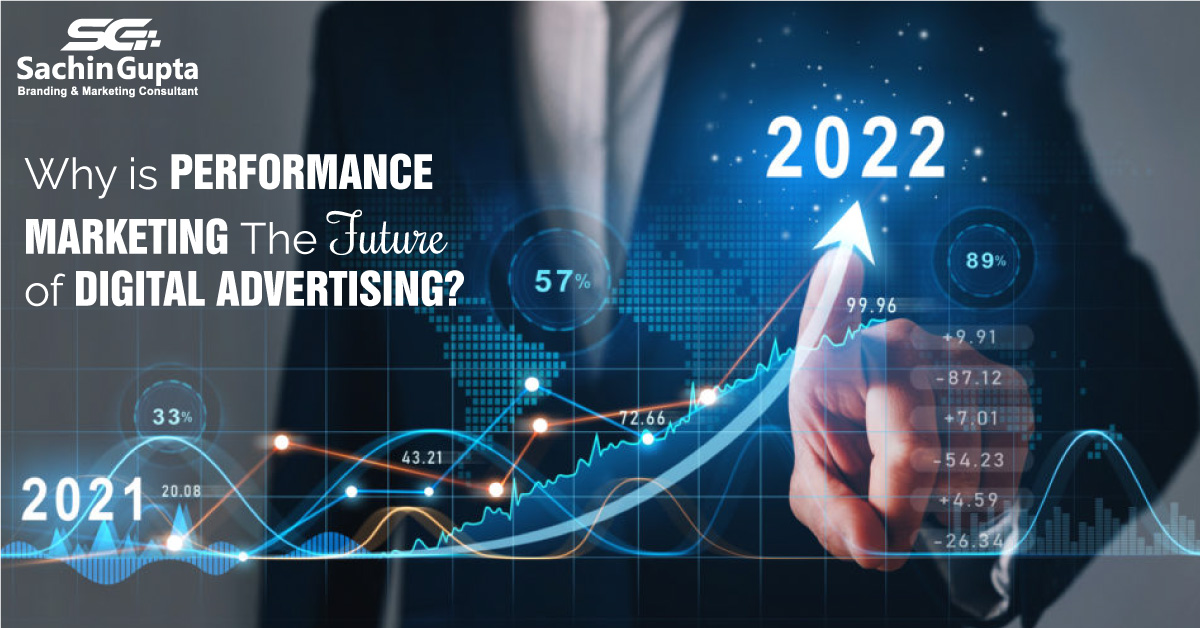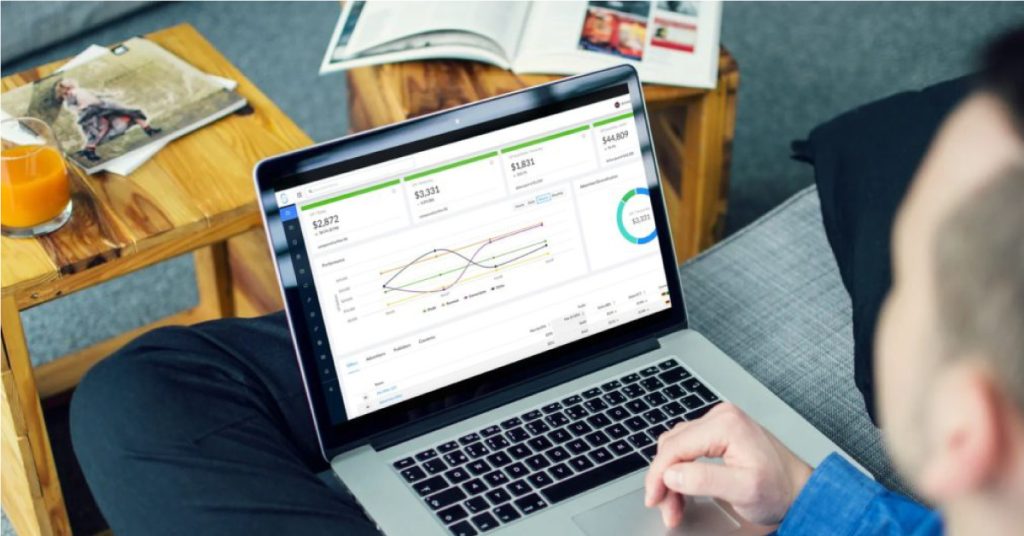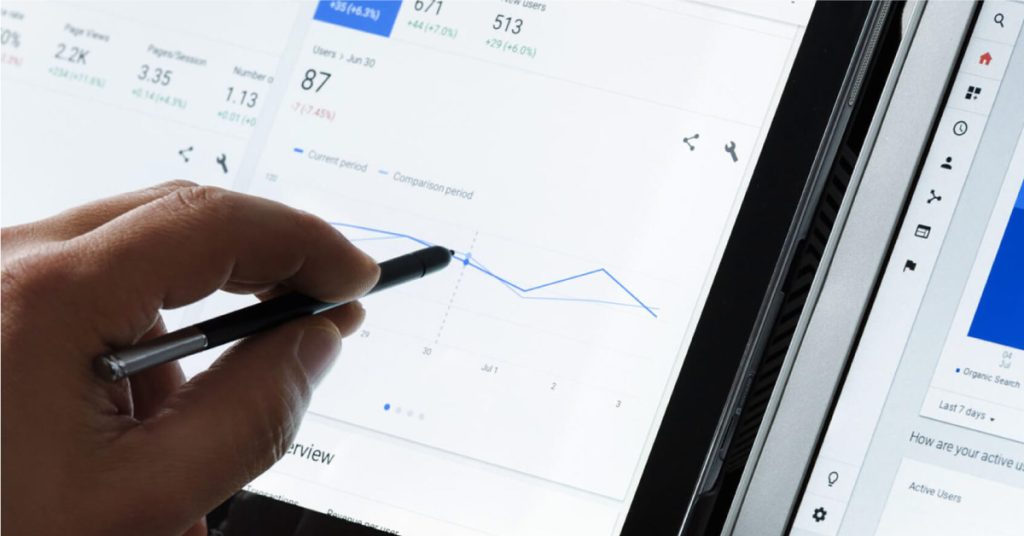Currently, globally, digital advertising spending has amounted to $455 billion. Considering this projection, it’s no wonder that several forms of online marketing are popping up left and right, including affiliate marketing, social media advertising, and email advertising. One of the most noticeable of them is performance marketing.
Performance marketing refers to advertising programs that are a perfect blend of paid advertising and brand marketing. The affiliates and marketing companies are paid only when the desired action is completed, like lead sale booking or download. It is a win-win marketing strategy for a retailer and affiliate, allowing both parties to target the campaigns in a strategic or high return on investment way, all based on performance. A merchant can feel confident that their money is being well spent by paying their affiliate when a specific action is completed. As per healthcare digital marketing experts, they are already converting their target audience before they pay for the transaction.
How does performance marketing work?
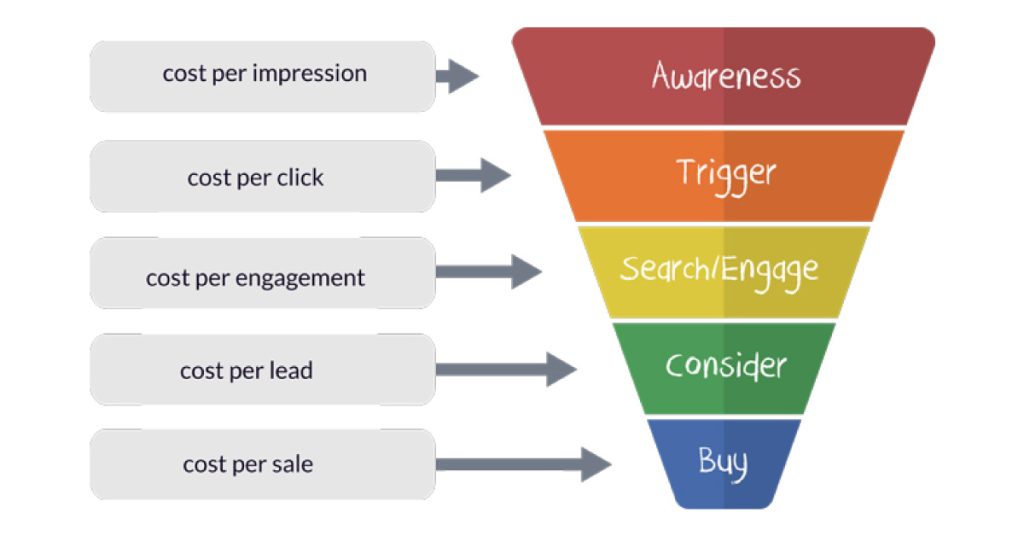
Performance marketing consists of four groups: retailers’ affiliates or publishers’ affiliate networks and other third-party tracking platforms besides affiliate managers. All the groups are crucial, and they work in unison to drive the ultimate desired result.
Retailers or merchants
They are also known as advertisers, as these are the businesses that look to promote their products and services through an affiliate partner. Generally, Martins do the best in performance marketing. They already have an online presence in different marketing channels, and their website has a minimum proven conversion rate that can help them score high in the market. In addition, these retailers have affiliate partners that can produce a positive return on investment.
Affiliates or publishers

Affiliates all publishers are the marketing partners of performance marketing, and they come in different forms like product review sites, coupon websites, mobile apps, and blogs. The affiliates work as an extension of the brand using their website, social media, and influence to enhance the retailer’s performance.
Affiliate networks and third-party tracking platforms
They are a one-stop shop for information and tools like banners; product feeds, promotions, and pay-outs. The networks and platforms are also where merchants and affiliate managers create strategic Commission structures and send newsletters to handle the returns as per performance marketing experts.
Affiliate managers or outsource program management
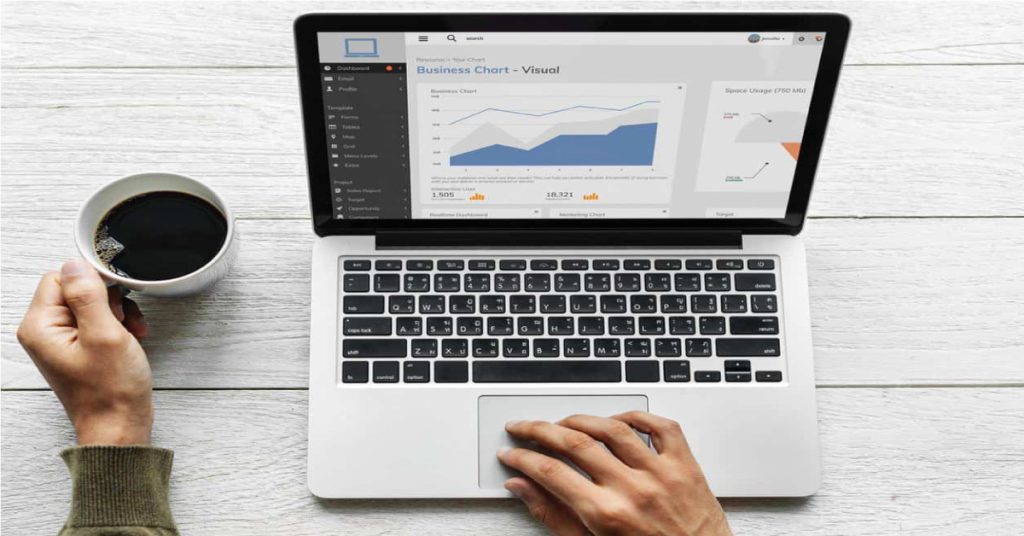
The affiliate managers are the primary driver between the merchant and affiliate. Where the affiliate managers can be in-house, brands can often choose to work with agencies like Sachin Gupta to manage the entire program or support the in-house team with the expertise.
Performance marketing the future of digital marketing
The affiliate managers are the primary driver between the merchant and affiliate. Where the affiliate managers can be in-house, brands can often choose to work with agencies like Sachin Gupta to manage the entire program or support the in-house team with the expertise.
As in the case of all media, all the channels have a specific audience and offer different types of advertising platforms to reach them. For example, Facebook, one of the leading social media channels, provides a variety of options to display ads to people visiting Facebook. No channel shows all the ads available all the time to everyone. The target audience and segmentation play a crucial role as each ad platform offers ways for you to target your audience in the form of audience segments. The modern advertising landscape calls upon programmatic capabilities that factor in the amount you have agreed to pay for your ad in a specific place in time. Trust is the most significant issue people have with advertising, but performance marketing is all about quality and relevance.
Performance market strategy

Performance marketing is all about paying for action. Therefore, it pays to grasp the most commonly used strategies and the most widely measured activities.
Cost for impression
It is the amount that the advertiser pays to the publisher for 1000 times the advertisement is shown.
Cost per click
This is the amount that the advertiser needs to pay only when the advertisement is clicked on.
Cost for sales
It is the amount every advertiser needs to pay only when the advertisement directly generates the sale.
Cost For Sales

The amount the advertiser pays when they receive signup from the invested client as a direct result of the advertisement.
Cost For Acquisition
It is the amount that an advertiser needs to pay when a specific action, including a sale or a click, occurs.
It is worth noting that all the actions are advertising objectives, so it’s a measure of performance marketing effectiveness. It would be best if you considered the campaign goals to evaluate your choices and continue to refine them.
Performance Mindset

The rise of new digital channels has created a raft of requirements to deliver campaigns through different platforms, and people can connect with the best digital marketing consultant in Gurgaon.
However, as technology has increasingly automated different skills, so Facebook, for example, has significantly reduced the targeting and optimization options in its ad platform. As a result, skills like setting strategic objectives, creativity, and integrated channel planning will be far more sought after in the future.

